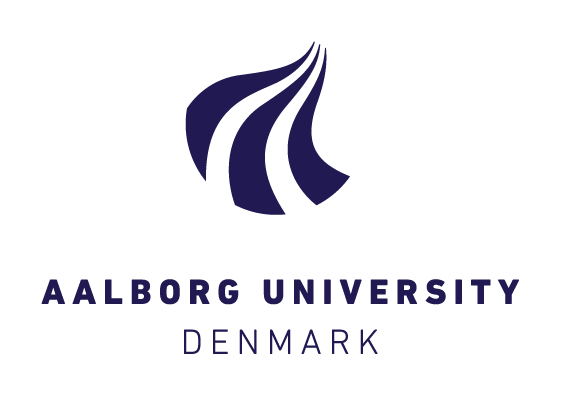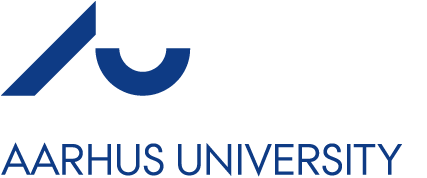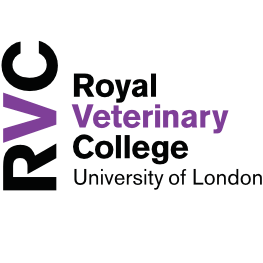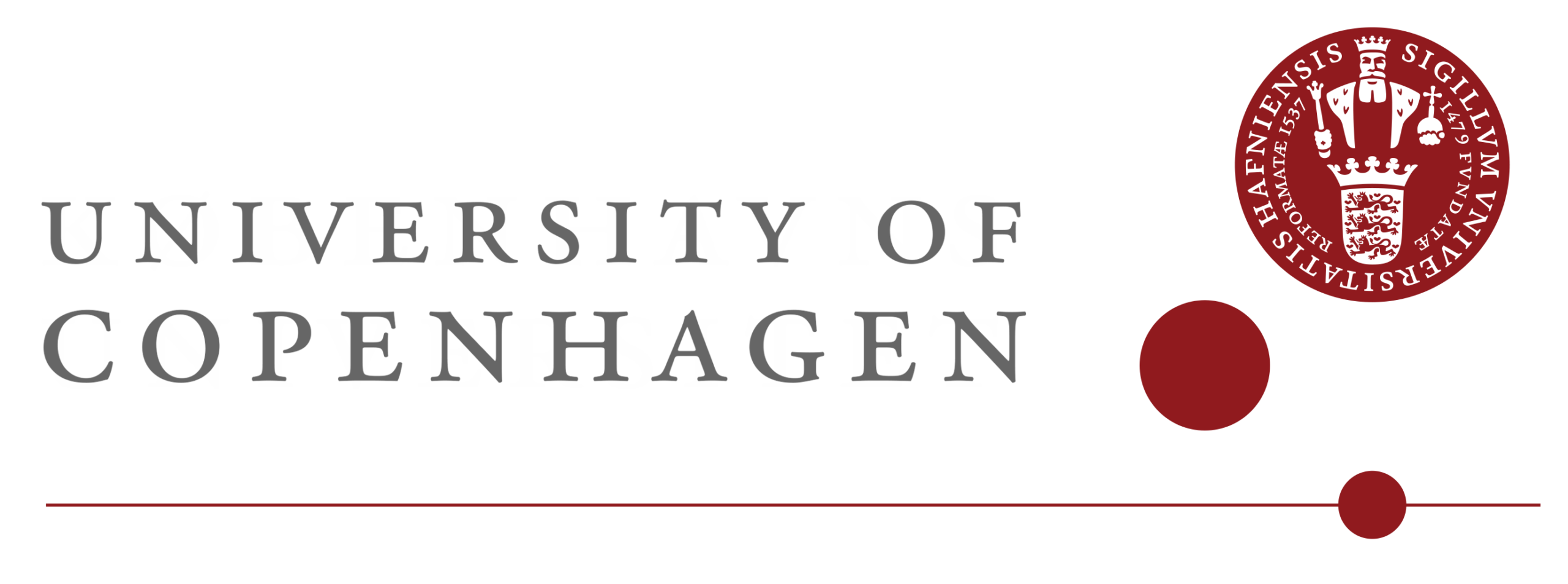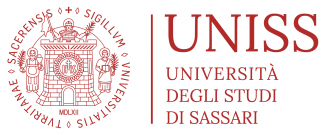The ‘Ecology and Conservation of European Hedgehogs’ programme is using interdisciplinary research to investigate the causes of the decline in hedgehog populations throughout Europe. Evidence from this work is used to inform policy and influence public activity to optimise conservation initiatives in support of this popular species.
CONSERVATION CONTEXT
Despite public appeal, the European hedgehog is in decline, and they are now listed as “Near Threatened” on the IUCN Red List of Threatened Species in their global endemic range (Europe). Our programme is multidisciplinary, involving research on the basic ecology of hedgehogs to genetics, pathogens, kidney disease, microbiomes, diet, endoparasites, dental health and eco-toxicology. This approach will improve our understanding of their general health and survival to inform and optimise conservation efforts to help maintain this species in the wild.
We communicate our findings beyond the scientific community to maximise our impact. We network with hedgehog professionals by hosting international conferences for rehabilitators, researchers, veterinarians and NGOs. Garden owners are important for hedgehogs, and so we produce education material on how to make their gardens hedgehog friendly and accessible with excellent nest sites and natural food resources. Gardens can be a haven for hedgehogs but are sometimes dangerous, so we work with industry in a combination of research, engineering and corporate networks to design hedgehog friendly robotic lawn mowers. Our latest initiative explores the potential use of sound repellents to help hedgehogs to avoid vehicle collisions, and we have a new collaboration on wild Madras hedgehogs (Paraechinus nudiventris).
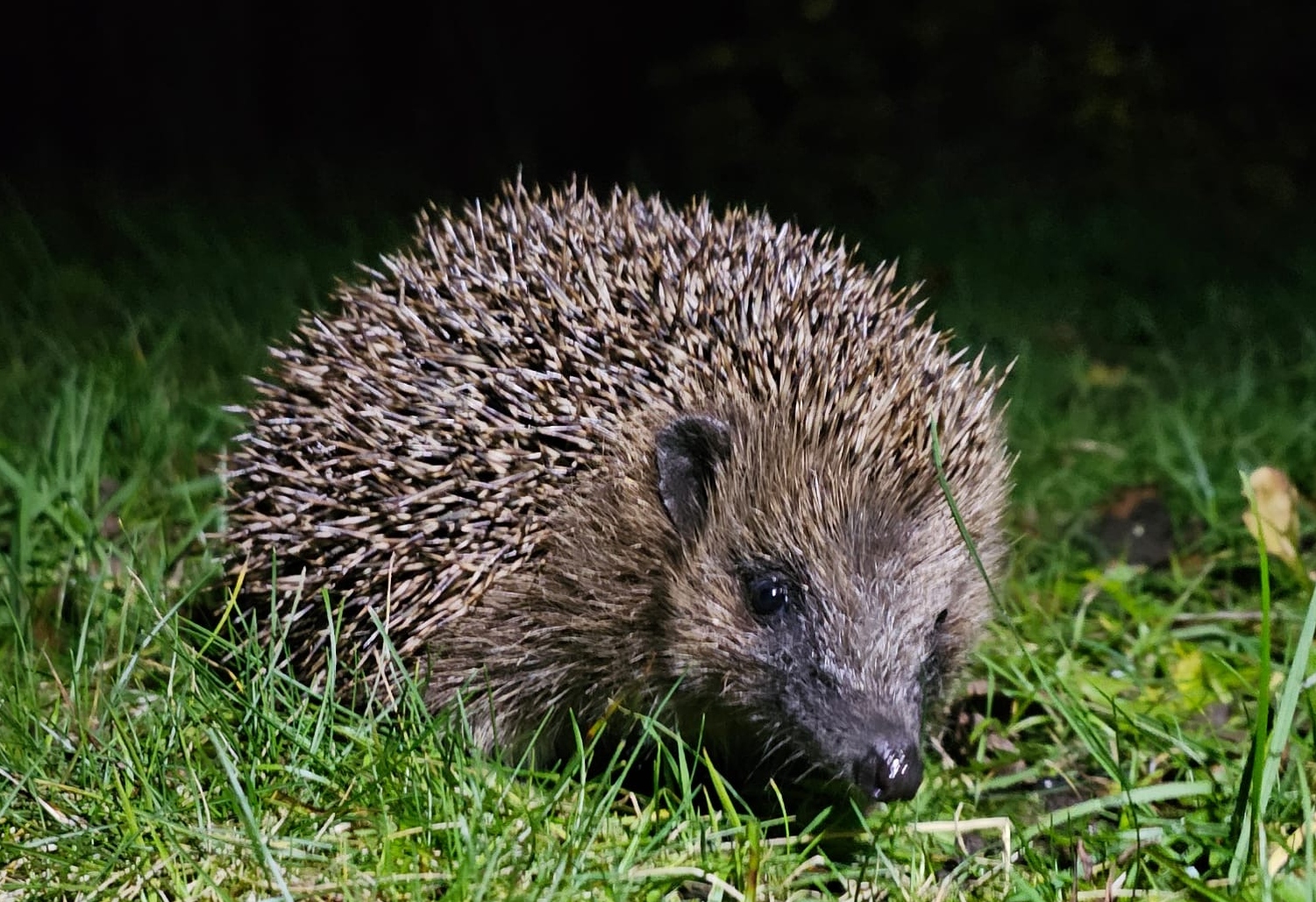
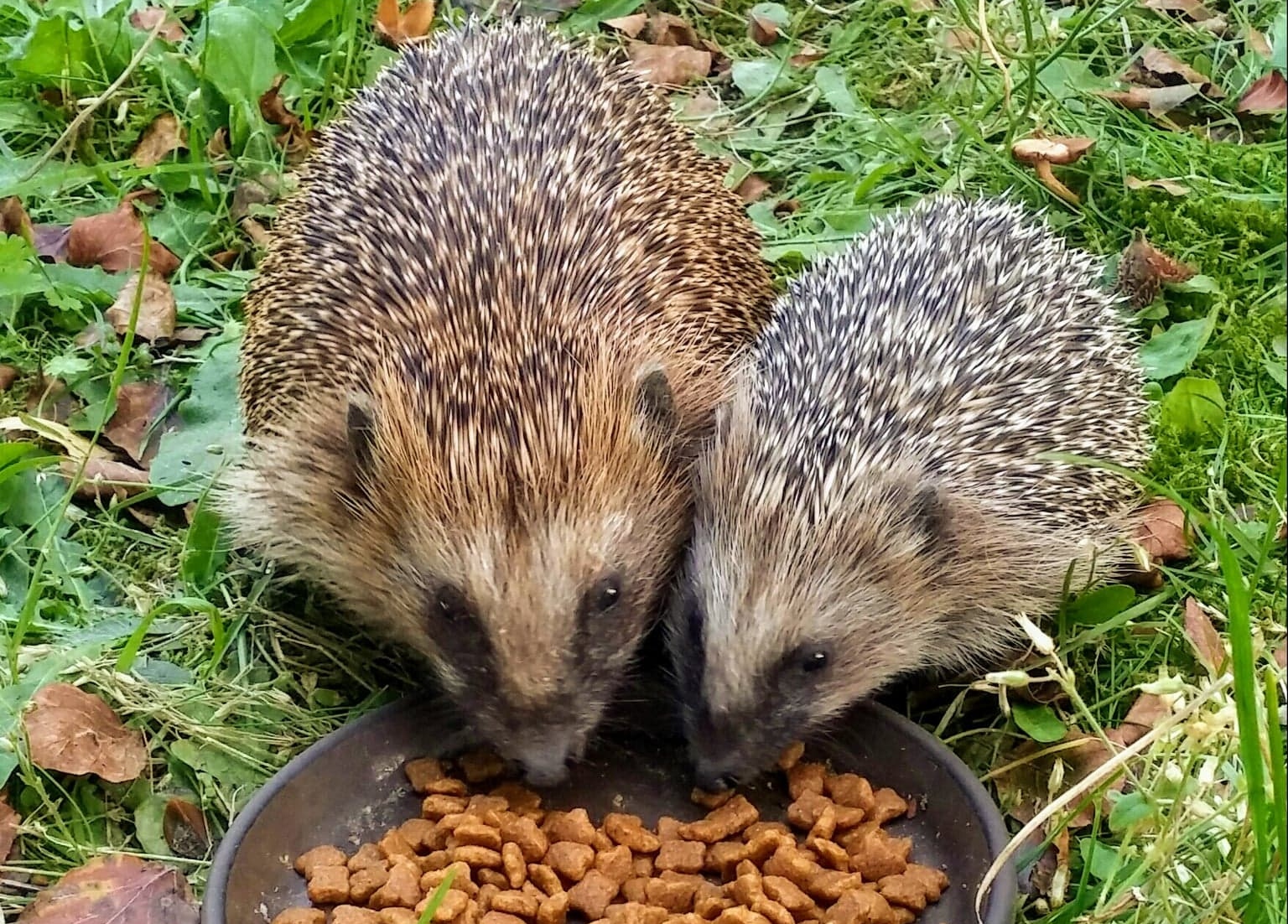
APPROACH
The Danish Hedgehog Project
The Danish Hedgehog Project uses dead hedgehogs from roadkills to understand the living, aiming to describe the causes behind their declining populations all over Europe. We have 697 dead hedgehogs from all over Denmark in our research repository. Highlights of this research include genetic analysis investigations of the Danish hedgehog population and the prevalence of endoparasites in hedgehogs.
We have screened liver samples to describe the prevalence of pesticides and other xenobiotics. We are currently working with on genetics of UK hedgehogs in collaboration with colleagues at Nottingham Trent University.
We have determined the age of the dead hedgehogs, examined their dental health, and have tested them for antibiotic resistant bacteria (MRSA). Out of the total of 697 dead hedgehogs collected in the Danish Hedgehog Project, 388 of them still had intact jawbones that we could use to determine their age. You can count growth rings in hedgehogs’ jawbones, just like in trees. We have also tested hedgehog faecal samples from Danish and English hedgehogs to describe which coronaviruses they carry, with a particular focus on understanding whether they can become infected with SARS-CoV-2, the virus that caused COVID-19.
Hedgehog friendly robotic lawn mowers
In 2020, we initiated research on robotic lawn mowers and hedgehogs. We found that some models of robotic lawn mowers harmed our dead hedgehogs used for testing, while others did not. We initiated a collaboration with the robotic lawn mower manufacturers STIHL and Husqvarna to develop more hedgehog-friendly robotic lawn mowers. Our research team also created a safety test, which can assess whether a robotic lawn mower is hedgehog friendly. The goal is for this safety test to be incorporated into the official testing procedure that approves robotic lawn mowers for sale on the European market. Additionally, we have also created a hedgehog crash test dummy that can be 3D-printed and used in future tests, including manufacturers, in their process of designing hedgehog-friendly robotic lawn mowers. Our aim is for these tests to lead to a labelling scheme indicating whether a robotic lawn mower is hedgehog friendly, so consumers are guided to purchase the right products.
Introduced hedgehogs on Uist
We are conducting research on the introduced hedgehogs inhabiting the islands of Benbecula and South Uist since 1974 to discover their diets, microbiomes and endoparasites. Due to the absence of predators of hedgehogs on these islands, their population has flourished and they pose a threat to the ground nesting birds on the islands, by eating their eggs and nestlings. A translocation programme is being planned, where the hedgehogs will be caught and released in mainland Scotland. We want to avoid that the hedgehogs from the Uists introduce new parasites or diseases into the local, Scottish population once they are released. By sampling hedgehog faeces and using eDNA methods, we will describe the endoparasites, diet and microbiomes of the Uist hedgehogs.
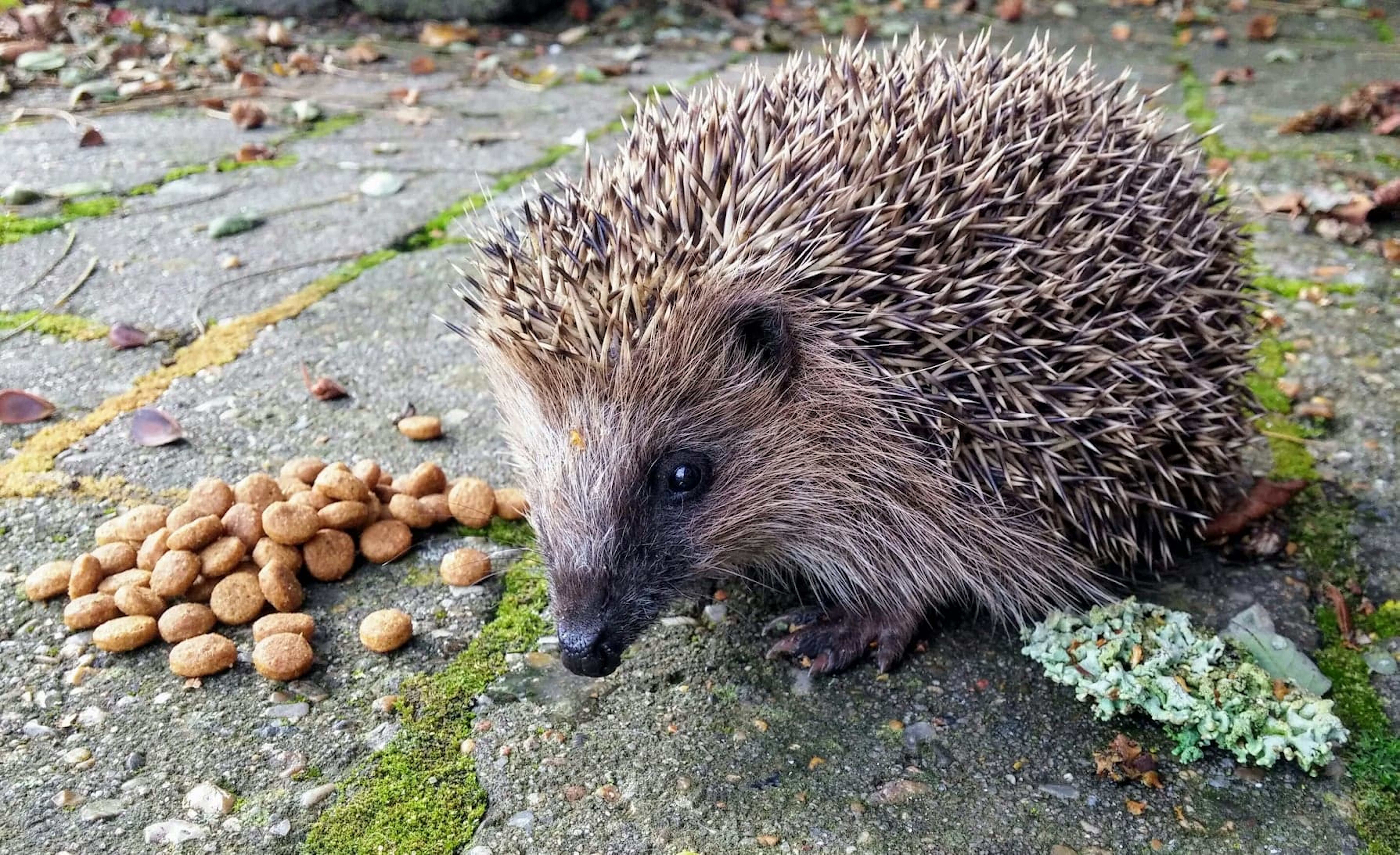
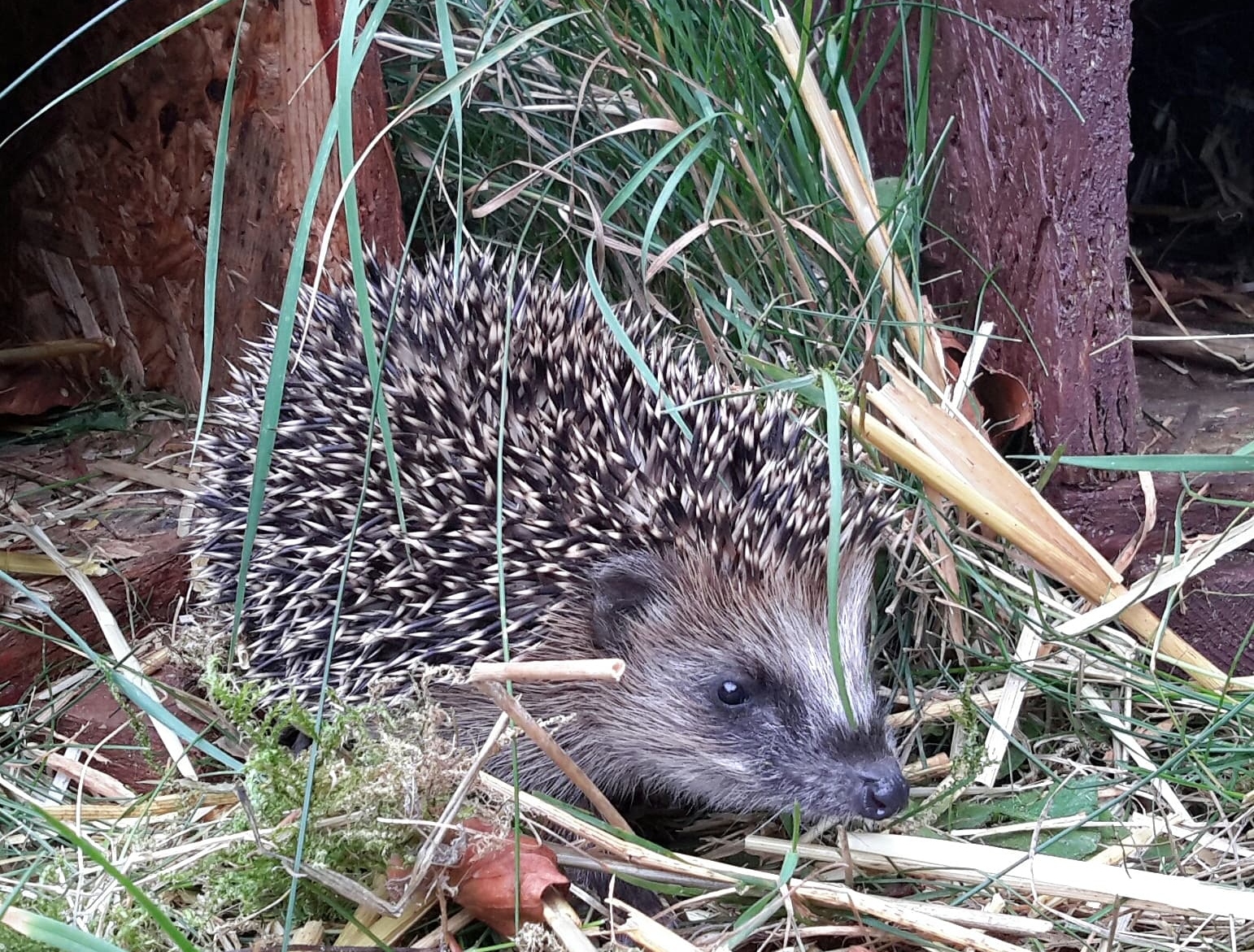
PROGRAMME IMPACT HIGHLIGHTS
Research informed the latest IUCN assessment report for the species for Europe
Communication of the results from pesticide accumulation in hedgehogs, has led to political action and prioritisation
The programme contributed to Britain’s National Hedgehog Conservation Strategy
PROGRAMME MEMBERS
Dr Sophie Lund Rasmussen is the programme lead and within WildCRU works on the programme with Professor David Macdonald. The wider team comprises 30+ people from 16 research institutions.
PROGRAMME PARTNERS
We are grateful for the support of Aalborg University, Aarhus University, Liverpool John Moores, Nottingham Trent University, Royal Veterinary College, University of Copenhagen, and University of Sassari.
